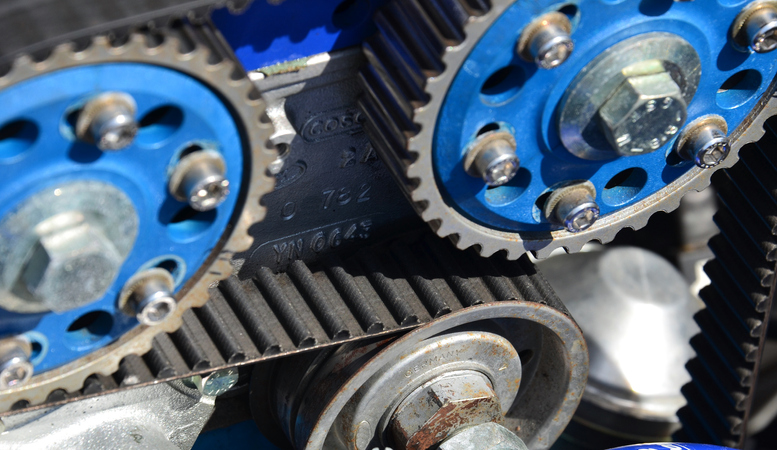
In 2022, the global plastic industry surpassed $600 billion in worth. One type of plastic you may not know about (but encounter often) is often left out in the cold: “acetal plastic.”
Have you ever wondered, “What is acetal plastic used for?” If so, you are in the right place.
Acetal plastic is also known as polyoxymethylene (POM). It is a versatile thermoplastic material used in various industries.
The material has exceptional properties and ensures ease of manufacturing. Today, it is popular for applications that demand high-performance materials.
It is also a reliable metal alternative. Here, you can learn about acetal plastic. You can also explore its diverse applications across different sectors.
Acetal plastic is a high-strength, semi-crystalline thermoplastic material. It is a sought-after choice in various industries. Let’s explore its key characteristics here.
Acetal plastic exhibits remarkable mechanical properties. Examples include:
This makes it ideal for applications that need durability and long-term performance.
The low friction of acetal plastic is appealing. This, and good wear resistance, makes it suitable for many applications. This is especially true for those involving sliding or rotating parts.
Examples include the following gears and bearings. Acetal’s self-lubricating properties help to:
This is necessary for components that grind or rub against each other.
Acetal plastic is resistant to many chemicals. It can stand up to:
This makes it suitable for applications where aggressive substance exposure is common. Examples include automotive fuel systems or chemical processing equipment.
It absorbs low moisture. This ensures its dimensional stability even in humid environments.
Tight-fitting parts need this property. Acetal components maintain their shape and functionality. This reduces the risk of performance degradation.
Acetal plastic is easy to machine. This ensures precise shaping and intricate designs.
Because of this, acetal works with many manufacturing processes, including:
This makes it a valuable material for many industries.
Acetal plastic exhibits good resistance to temperature extremes. It can maintain its mechanical properties within a broad temperature range.
It also possesses excellent electrical insulating properties. This makes it ideal for electrical and electronic applications.
The substance offers high mechanical properties. Because of this, plastic manufacturing industries use it.
The material’s stiffness and strength are ideal for precision parts and components. This is because it makes them durable and reliable.
Acetal’s low moisture absorption ensures dimensional stability. It can maintain shape and function even in challenging environments. Its excellent machinability makes fabricating it into intricate designs simple.
Plastic engineering applications such as these use it:
This puts it in high demand for industries needing high-performance solutions.
Did you know acetal plastic can replace metal in some applications? This is one of the many advantages of this material. It is possible because it exhibits similar properties to metals including high strength and toughness. It also offers benefits like corrosion resistance and reduced weight.
Industries such as automotive, aerospace, and electronics have embraced acetal plastic. It is a cost-effective and efficient alternative to metal components. It helps reduce manufacturing costs, improve fuel efficiency, and enhance performance.
Polymerization is the process used to create acetal plastic. This process involves the reaction of formaldehyde with an acetaldehyde compound. After polymerization and the removal of water molecules occurs.
The process creates several forms of acetal plastic. The form depends on the intended application. Examples include sheets, rods, and pellets.
Its versatility allows easy machining, injection molding, and extrusion. It is also adaptable to different manufacturing techniques.
Acetal plastic has proven its worth as a reliable and efficient solution. Here, you can learn about the wide-ranging applications of acetal plastic.
The information showcases its adaptability and value in different sectors. For example, it can:
Because of this, acetal plastic has found its way into several crucial applications and is now meeting the demands of evolving industries.
The automotive industry uses acetal plastic for many applications. This is thanks to the low friction and stability it offers.
Examples of automotive parts made with this material include:
The material excels when durability and reliability are essential.
This plastic offers insulating properties and moisture resistance. This makes it suitable for electrical applications. Examples include connectors, switch components, circuit breakers, and insulating parts.
Manufacturers use the material in many consumer goods. Reasons for this include the following:
Manufacturers of zippers, fasteners, pen barrels, toys, and kitchen utensils use the material.
The characteristics that make the material ideal for medical devices and equipment. The reasons for this include its:
Surgical instruments, dental components, prosthetics, and drug delivery systems use this material.
By now, you have an answer to “What is acetal plastic used for?” Its qualities and characteristics are what set the material apart.
Acetal plastic has proven reliable and efficient. As technology and innovation advance, the demand for acetal plastic surges. Contact us to learn more about acetal plastic and its future applications.